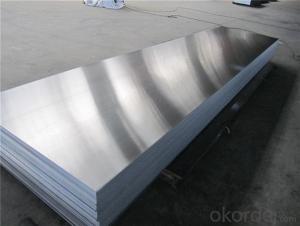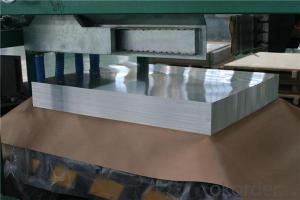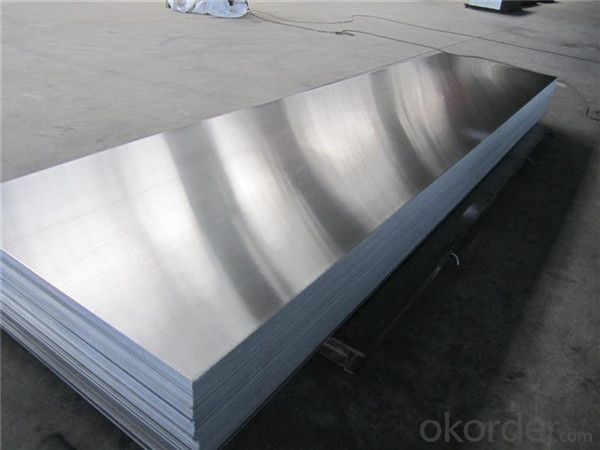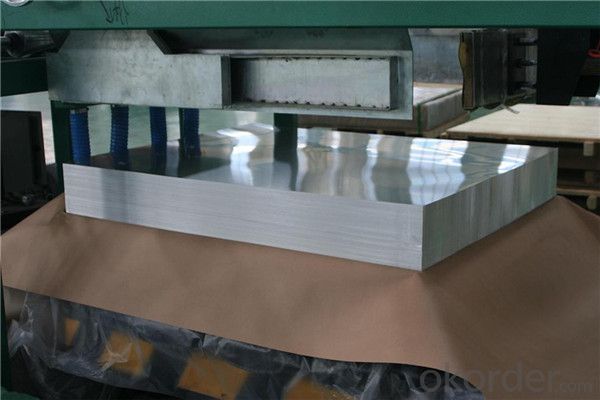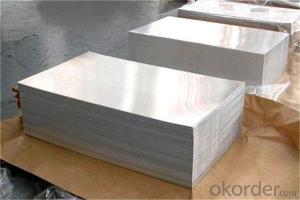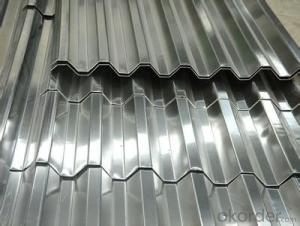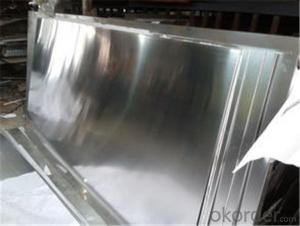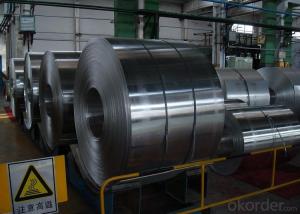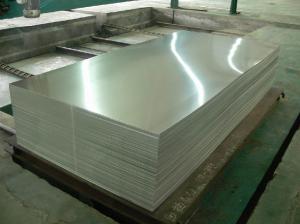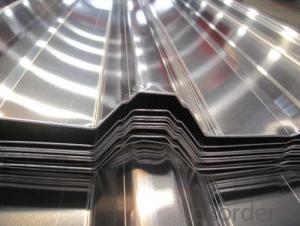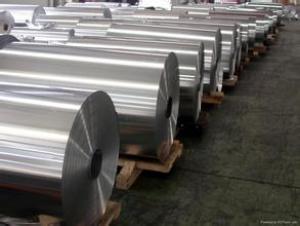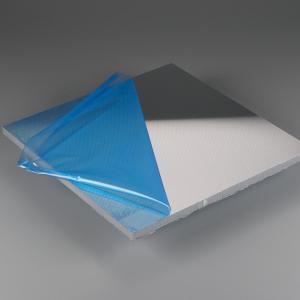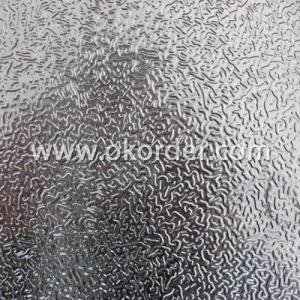Roofing Aluminum Sheets Manufacturer Hot Sales 3003 3004 3005 3105
- Loading Port:
- Shanghai
- Payment Terms:
- TT OR LC
- Min Order Qty:
- 5 m.t.
- Supply Capability:
- 100000 m.t./month
OKorder Service Pledge
OKorder Financial Service
You Might Also Like
Specification
Specifications
Grade
| 1000 Series: 1050 1060 1070 1100 1200 1235 etc. 3000 Series: 3003 3004 3005 3104 3105 3A21 etc. 5000 Series: 5005 5052 5083 5086 5154 5182 5251 5754 etc. 6000 Series: 6061 6063 6082 6A02 etc. 8000 Series: 8006 8011 8079 etc. |
Thickness | 0.2~320mm |
Width | <2800mm< span=""> |
Color | Metallic, Solid, RAL or by customer requirements |
Coating paint: | PVDF(Polyvinylidene Fluoride), PE(Polyester ) |
Coating thickness | as per customer’s request |
Gloss | 10-90%(EN ISO-2813:1994) |
Total coating thick | Polyester18~27micron(EN ISO-2360:1995) PVDF27 ~35micron(EN ISO-2360:1995) |
Coating hardness | 2H |
Protective film | PVC film, Colorless transparent or White-black |
Adhesion | 5B (EN ISO-2409:1994) |
Impact resistance | No cracking and peeling (A.S.T.M D2794-1993) |
Flexibility (T-bend) | 0T- 2T |
Temper | H16, H18, H24, H26, H26 |
Certification | ISO9001:2000, CE, SGS |
Payment | L/C ,T/T |
Brief Introduction for Cold Rolled Steel Coil
Cold Rolled Steel Coil is steel that has been worked below its recrystallization temperature by passing it between a pair of rollers. Recrystallization temperature is the temperature at which grains in the lattice structure of the metal have been rearranged, leaving it free of strain and deformations. Cold Rolled Steel Coil is pre-treated before being cold rolled with a process known as pickling, which uses strong acids to remove scale and other impurities. The Cold Rolled Steel Coil is then passed through rollers to reduce its thickness. Most cold rolling takes place in multiple passes and as the size of the Cold Rolled Steel Coil is further reduced, its strength and hardness both increase, but its ductility decreases. After cold rolling, heating the metal up in a process known as annealing can restore some of its ductility. The final Cold Rolled Steel Coil may be manufactured in the form of sheets, strips, bars, or other forms.
FAQ
1. How can I get some samples?
We are honored to offer you samples. New clients are expected to pay for the courier cost. The samples are free for you.
2 Do you have any certificates?
Our products passed inspection of SGS, FDA, and CE Quality is priority! Every worker keeps the QC from the very beginning to the very end, Quality control department especially responsible for quality checking in each process.
3 Can your factory print or emboss my logo on the goods?
Yes, we can print or emboss the logo on the goods or their packing box.
4 What information should I let you know if I want to get a quotation?
1) The specification of products (length x width x thickness);
2) The temper and alloy.
3) The final product you will use to be made
4 It will be better if you can show us the pictures or design sketch. Samples will be best for clarifying. If not, we will recommend relevant products with details for reference.We usually produce goods based on customers
Samples or based on customers’ picture, logo, sizes etc.
Our Services
1. Reasonable production arrangement to make delivery very fast;
2. We are able to provide leading tolerances, metallurgical assistance, quick and reliable delivery, samples for new products, etc.
3. We have the strong capability to meet your particular requirement for the products.
4.To guarantee the quality of the products we can meet most of the standards all over the world.
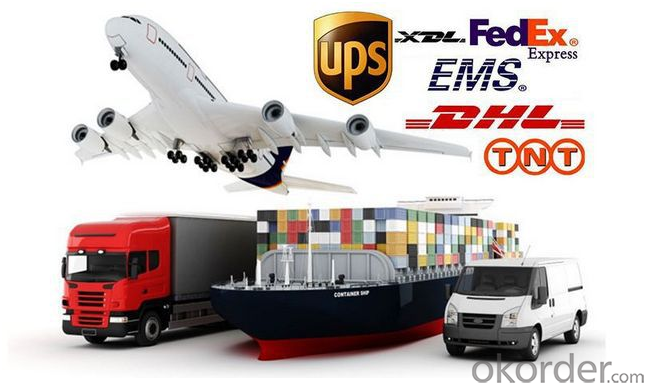
Photos of products
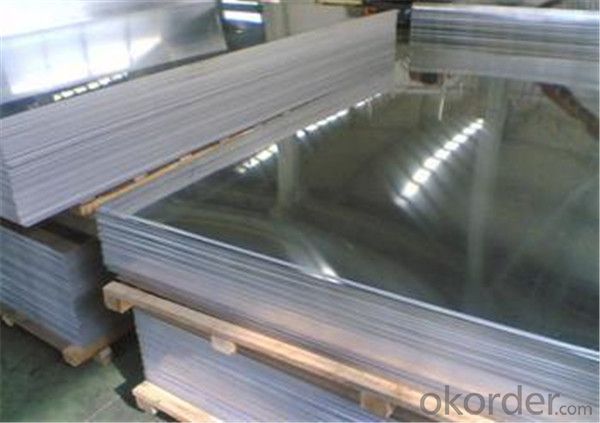
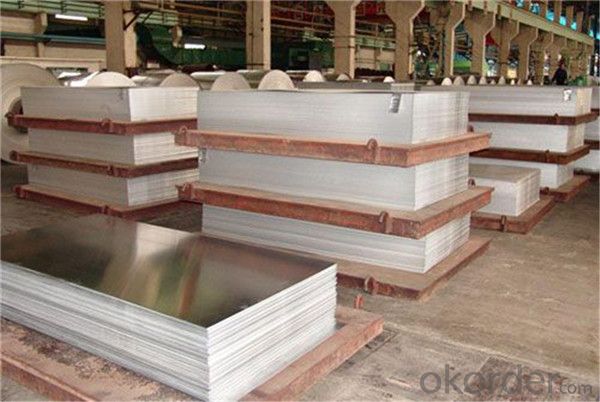
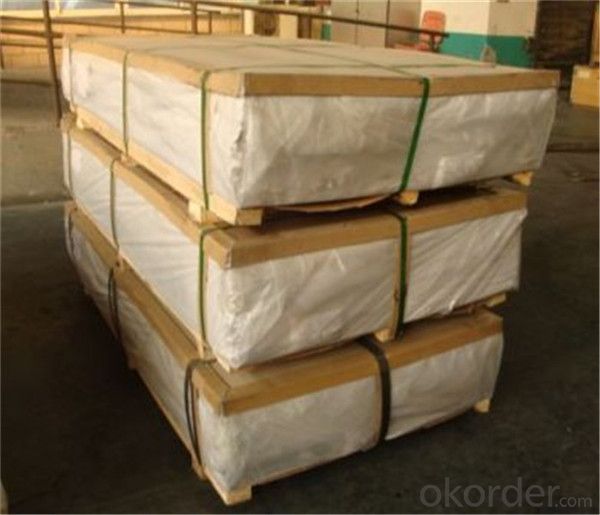
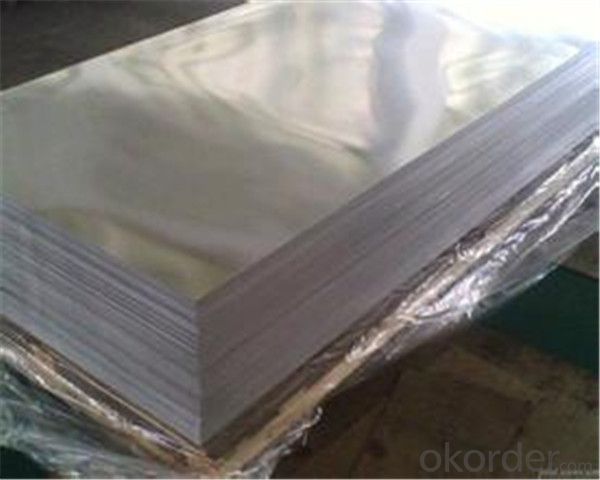

- Q: Is it possible to utilize recycled aluminum to manufacture new items?
- <p>Yes, recycled aluminum can be used to create new products. Aluminum is highly recyclable, and the process of recycling it requires significantly less energy compared to producing aluminum from raw materials. Recycled aluminum maintains the same properties as new aluminum, making it suitable for a wide range of applications, from packaging to construction materials. The use of recycled aluminum helps reduce waste, conserve resources, and lower environmental impact.</p>
- Q: Are the aluminum sheets suitable for manufacturing lighting fixtures?
- Yes, aluminum sheets are suitable for manufacturing lighting fixtures. Aluminum is a lightweight and durable material that is corrosion-resistant, making it ideal for manufacturing various lighting fixtures. Additionally, aluminum can be easily molded and shaped, allowing for flexibility in design and customization.
- Q: What is the maximum temperature that aluminum sheets can withstand?
- The maximum temperature that aluminum sheets can withstand depends on several factors such as the alloy composition, thickness, and intended application. Generally, aluminum has a melting point of around 660 degrees Celsius (1220 degrees Fahrenheit). However, aluminum sheets can typically withstand much higher temperatures without melting or deforming. For most commercially available aluminum alloys, the maximum temperature for continuous use ranges from 200-300 degrees Celsius (390-570 degrees Fahrenheit). Beyond this range, the material may start to experience reduced strength and increased susceptibility to deformation or damage. However, it is important to note that the specific maximum temperature limit for a particular aluminum sheet should be determined by consulting the manufacturer's specifications or conducting specific testing. Factors such as the presence of coatings or surface treatments, exposure to heat for extended periods, and thermal cycling can also affect the maximum temperature tolerance of aluminum sheets.
- Q: Can aluminum sheets be used for water tanks?
- Yes, aluminum sheets can be used for water tanks. Aluminum is a lightweight and corrosion-resistant material, making it suitable for storing water. It is commonly used in industries such as aerospace and marine due to its durability and ability to resist rust and corrosion. Aluminum tanks are also easier to transport and install compared to other materials, and they can withstand high pressure and extreme temperatures. However, it is important to ensure that the aluminum sheets used for water tanks are of high quality and meet the necessary standards to ensure the safety and longevity of the tank.
- Q: Can the aluminum sheets be used for manufacturing architectural sunshades?
- Yes, aluminum sheets can be used for manufacturing architectural sunshades. Aluminum is a popular material choice for sunshades due to its lightweight nature, durability, and resistance to corrosion. It can be easily fabricated into different shapes and sizes, allowing for flexibility in design. Additionally, aluminum has excellent heat reflectivity properties, making it effective in reducing solar heat gain and providing shade to buildings. Overall, aluminum sheets are a suitable material for manufacturing architectural sunshades.
- Q: Some say you should use the 'dull' side of aluminum foil when cooking etc. There's something potentially bad about the shiny side.True or not?
- the manual to my cooker says not to use foil because of heat damage (presumably the possibility that all that reflection of heat will make it too hot under the grill). So if nothing else you could invalidate your warranty.
- Q: This question asks for the typical dimensions of aluminum sheets utilized in the construction industry.
- <p>The standard size for aluminum sheets used in construction can vary depending on the region and specific application. However, commonly used sizes include 4x8 feet, 4x10 feet, and 5x10 feet. These sheets are typically 0.020 to 0.060 inches thick. It's important to note that custom sizes are also available to meet specific project requirements. Always check with local suppliers or industry standards for the most accurate sizing information.</p>
- Q: What kind of aluminum sheet can be bent with five millimeters?
- Aluminum plate can not be called grade, I give the high-speed rail processing bending sound barrier is aluminum, bending effect is very good.
- Q: Can 101 aluminum sheets be used in the production of sporting goods?
- Yes, 101 aluminum sheets can be used in the production of sporting goods. Aluminum is a lightweight and durable material that is commonly used in the manufacturing of various sporting equipment such as baseball bats, tennis rackets, and bicycle frames.
- Q: What are the different bending techniques for aluminum sheets?
- There are several bending techniques for aluminum sheets, including air bending, bottom bending, coining, and wipe bending.
Send your message to us
Roofing Aluminum Sheets Manufacturer Hot Sales 3003 3004 3005 3105
- Loading Port:
- Shanghai
- Payment Terms:
- TT OR LC
- Min Order Qty:
- 5 m.t.
- Supply Capability:
- 100000 m.t./month
OKorder Service Pledge
OKorder Financial Service
Similar products
Hot products
Hot Searches
Related keywords
